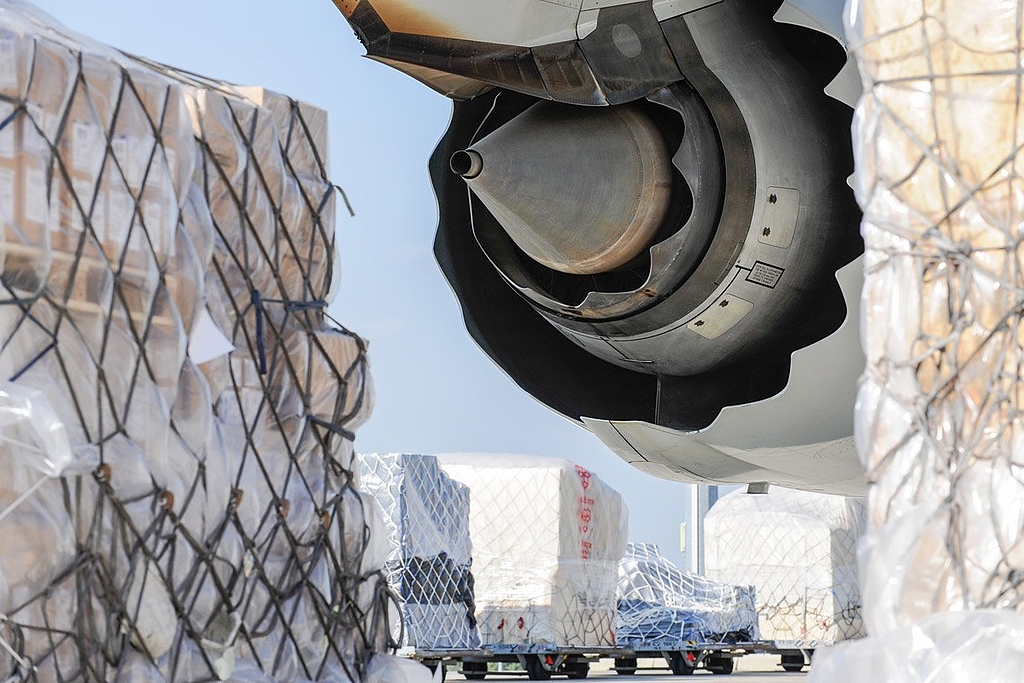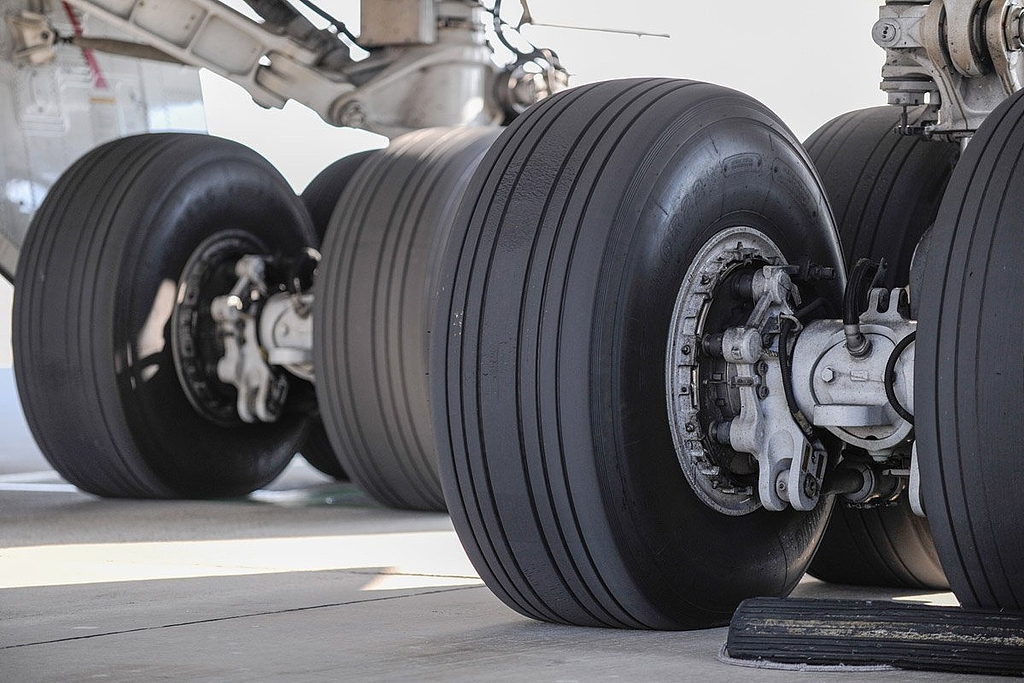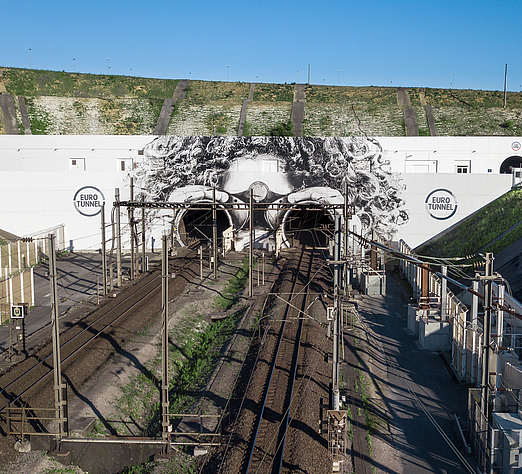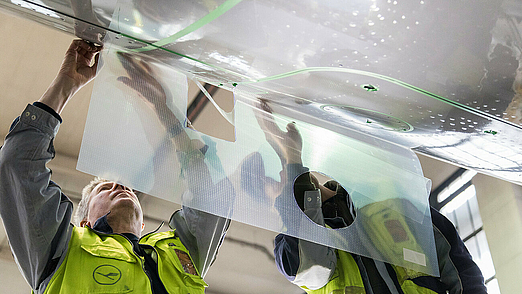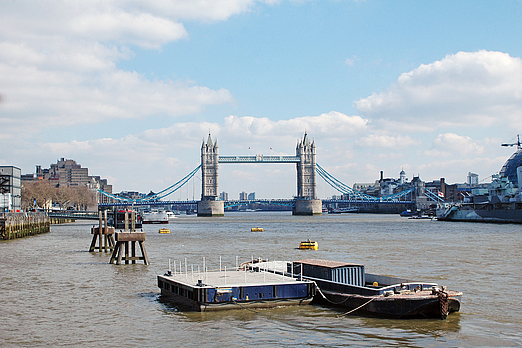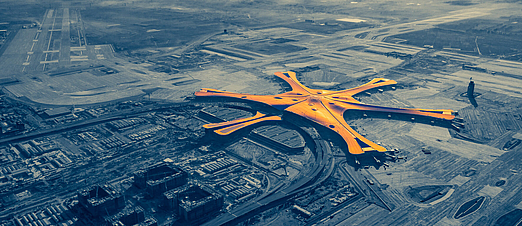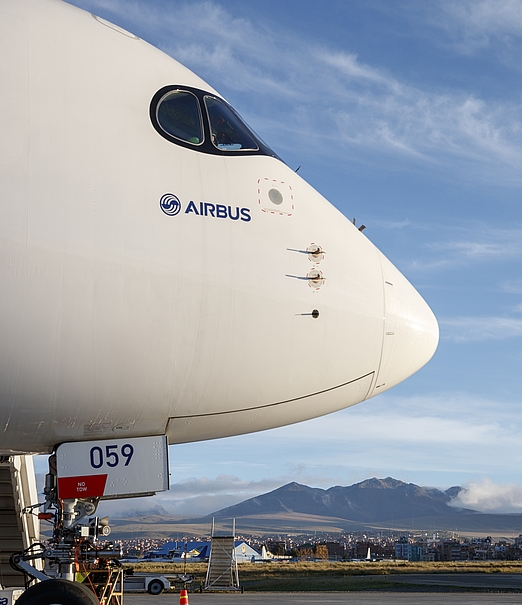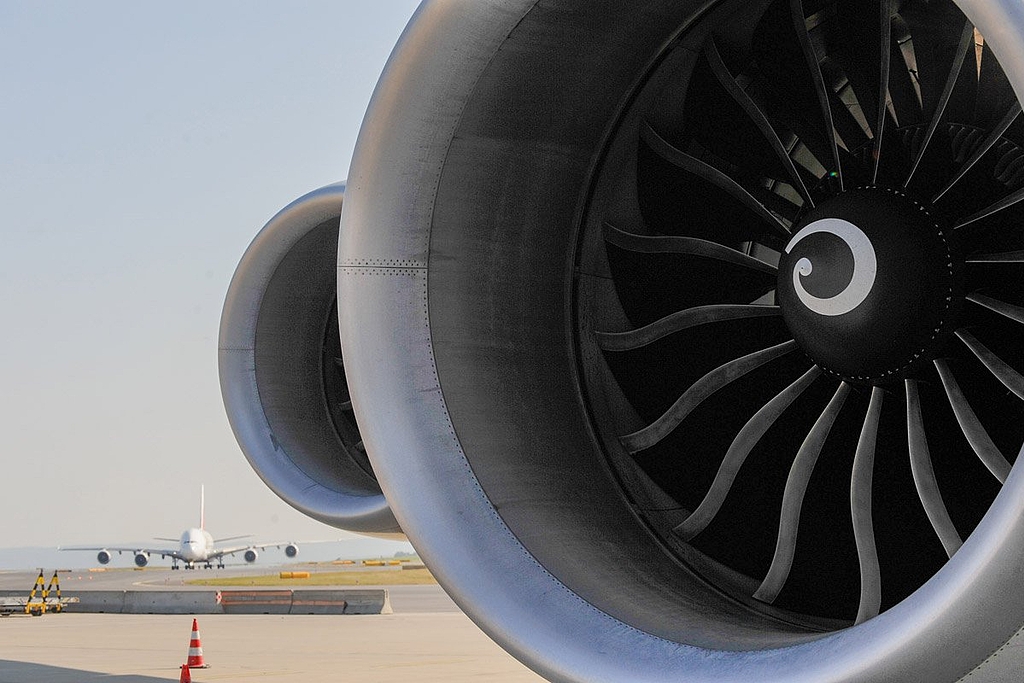Heathrow: more international connections than any other airport
Where London runways intersected with roads
- Facts
London Heathrow is the largest of the six international airports in the British capital. It is number one in Europe and number eight in the world in terms of passengers, handling 79.2 million in 2023. But as well as being a major passenger and air freight hub, Heathrow also has a number of features that make it unique globally. Find out more about runways with level crossing-style gates, an origin story steeped in deception, a sensational gold robbery and a stone-age monument.

